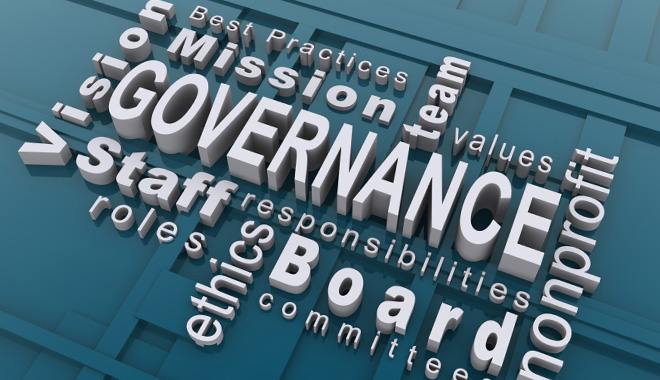Governance can be defined as the way, manner or action of leading or managing a state or organization (formal or informal) through laws, norms, powers etc.
Governance entails or embodies the processes for formulating and implementing decisions. It goes beyond just making the best decisions (which is usually in the best interest of the ‘majority’), it also takes the processes by which these seemingly ‘best decisions’ are made, into account.
In today’s world, only ‘agile-minded’ people make quantum, progressive leaps as against the uni-directional minds.
Agility is the capability of an entity’s responsiveness to change, whilst functioning efficiently in their operating environment. It is the ability to richly blend the concepts of flexibility and stability into one piece. In one word, agility is ADAPTABILITY. Charles Darwin once retorts; “Survival is neither for the most brilliant nor the strongest of species; survival is for the most ADAPTABLE of species”.
The Agile manifesto can be summed up as follows;
ü Valuing stakeholders and their interactions over processes and tools: The people (i.e. stakeholders) who are directly affected by governance should be of a higher priority than the policies (economic, political, environmental, legal, etc.) formulated by the governing bodies.
ü Valuing working systems over comprehensive documentation: In any government tenure, the focus should be on incremental, feedback-oriented value delivery throughout the said tenure. This is way more useful than endless documentation and bottle-necks associated with the time-consuming policy formulation that we have in most states and organizations that do not deliver real value to stakeholders.
ü Valuing stakeholder- collaboration over contract negotiation: Traditionally, some stakeholders (especially foreign citizens and governments, suppliers/vendors, etc.) are seen as external to the states/organizations in question, and are only involved at particular milestones, as their involvements were contract-driven. Agile promotes a shared-value approach in which every stakeholder is seen as a collaborator that works together to achieve set goals (either national/international or corporate).
ü Responding to change over following a plan: Because we live in an age where stakeholder requirements change in an unpredictable pattern, there is a dire need for leaders in the state and corporate world to adopt an adaptive approach in which these changes will be incorporated in the policy development lifecycles rather than following/adhering strictly to laid down ‘long processes’ to forming or re-forming policies, which may constitute a bottleneck.
This article looks to marry philosophy of ‘agility’ with good governance to produce the most efficient of results for states and/or organizations in which they are practiced.
Why Agile Governance?
Due to the changing needs of stakeholders (citizens, residents, foreign allies, foes etc. in the case of a state, and employees, management, suppliers/vendors, competitors etc. in the case of an organization), and a need to formulate cutting-edge policies that would take care of everyone’s (rich, poor, employed, unemployed, men, women, old, young, student, worker, hail/hearty, sick, able, disabled, etc.) concern, it has become imperative to embrace ‘Agility’ in Governance.
Also, the shrinking time required to have stakeholder ‘buy-in’ (especially to policy formulation and implementation) and increased stakeholder awareness, particularly because a larger percentage of stakeholders today, are ‘millennia-stakeholders’ (i.e. those who have access to first-hand information through the internet and social media).
The need for an adaptive method of governance i.e. governance which cooperatively collaborates with stakeholders (citizens, all arms and tiers of government, etc.) in promptly responding to their changing needs and adopting transparent platforms of policy formation and/or reformation (if need be) to effectively cater for these needs.
Other reasons why agile governance is the future includes; higher degree of accountability, transparency, responsiveness, equity and inclusiveness, functional effectiveness and operational efficiency.
TO BE CONTINUED…
________________________________________
Written by
+ Follow
Adedotun Brown PRINCE2, SMC, AEC, SPOC, SSBBP
Managing Director, BNL

